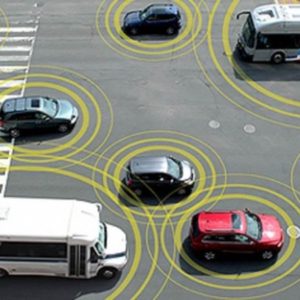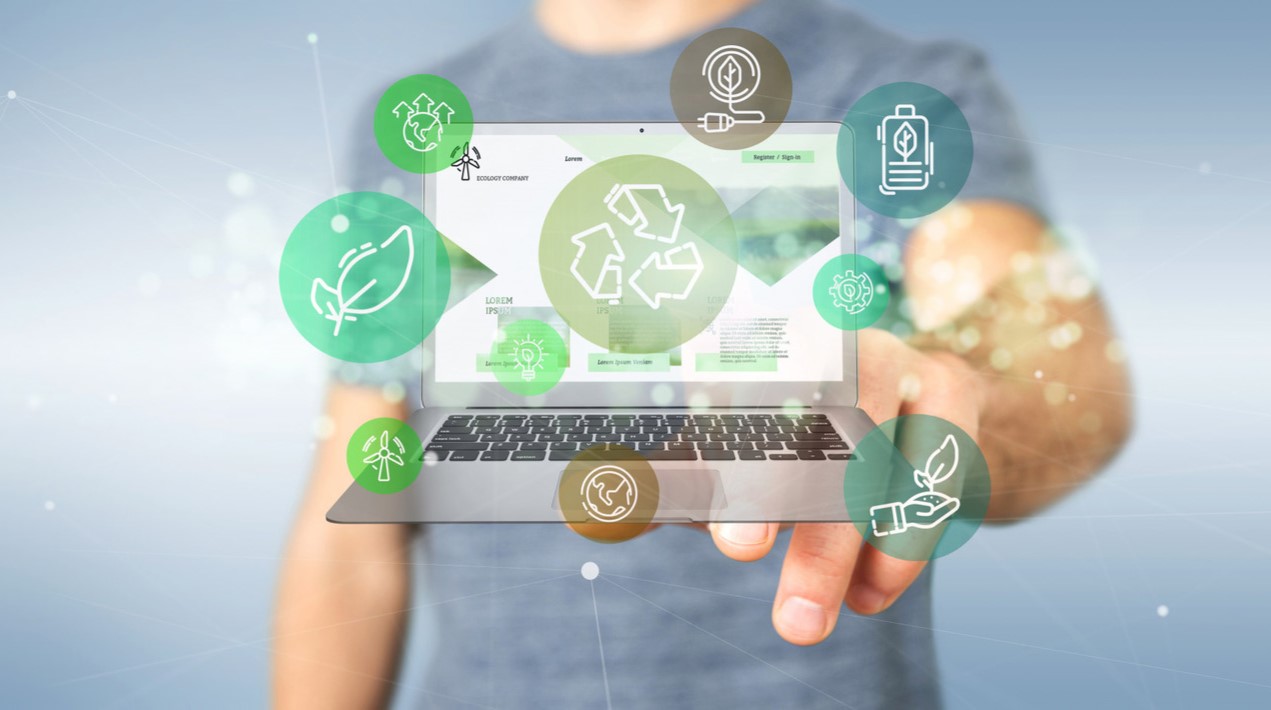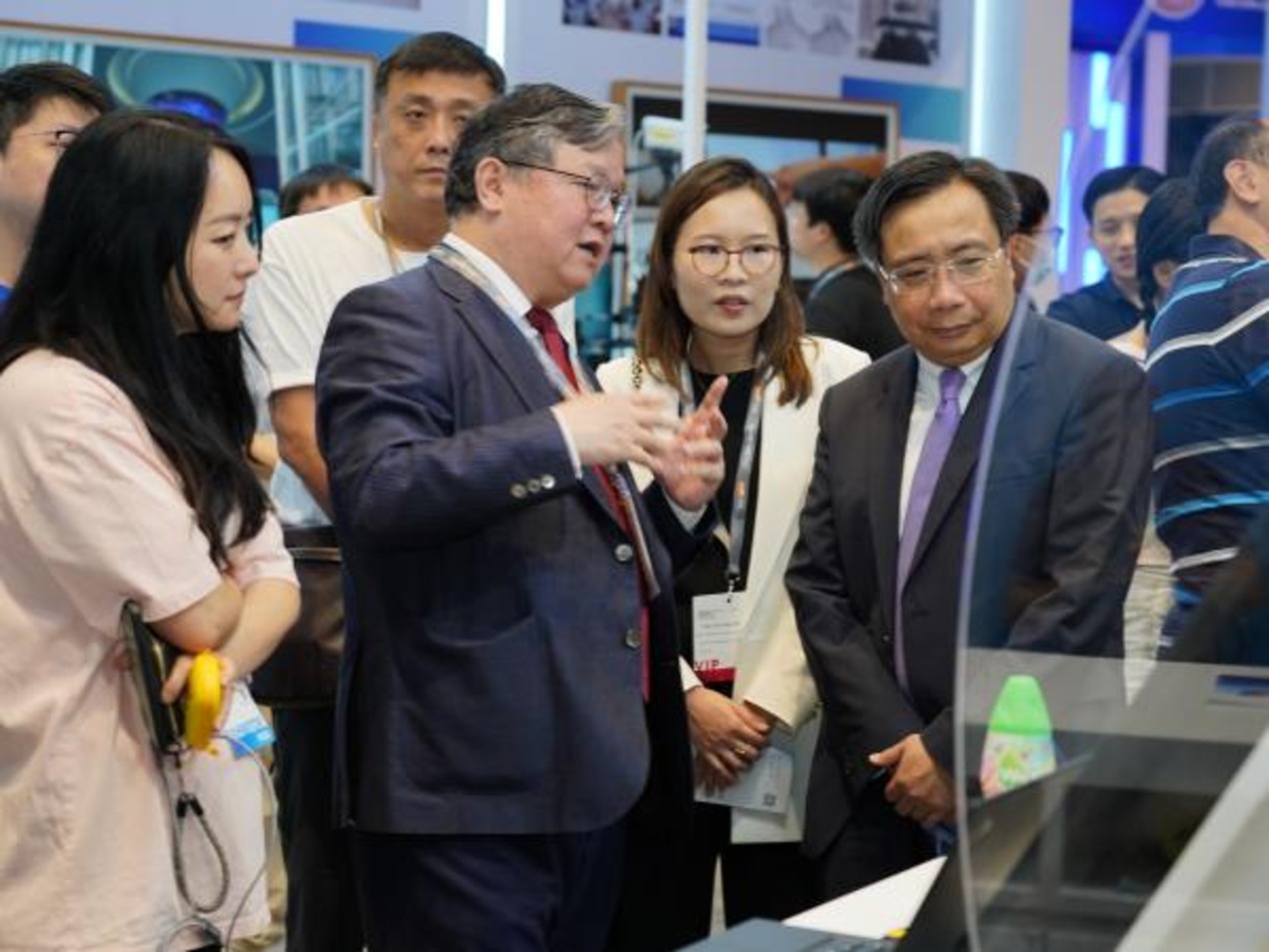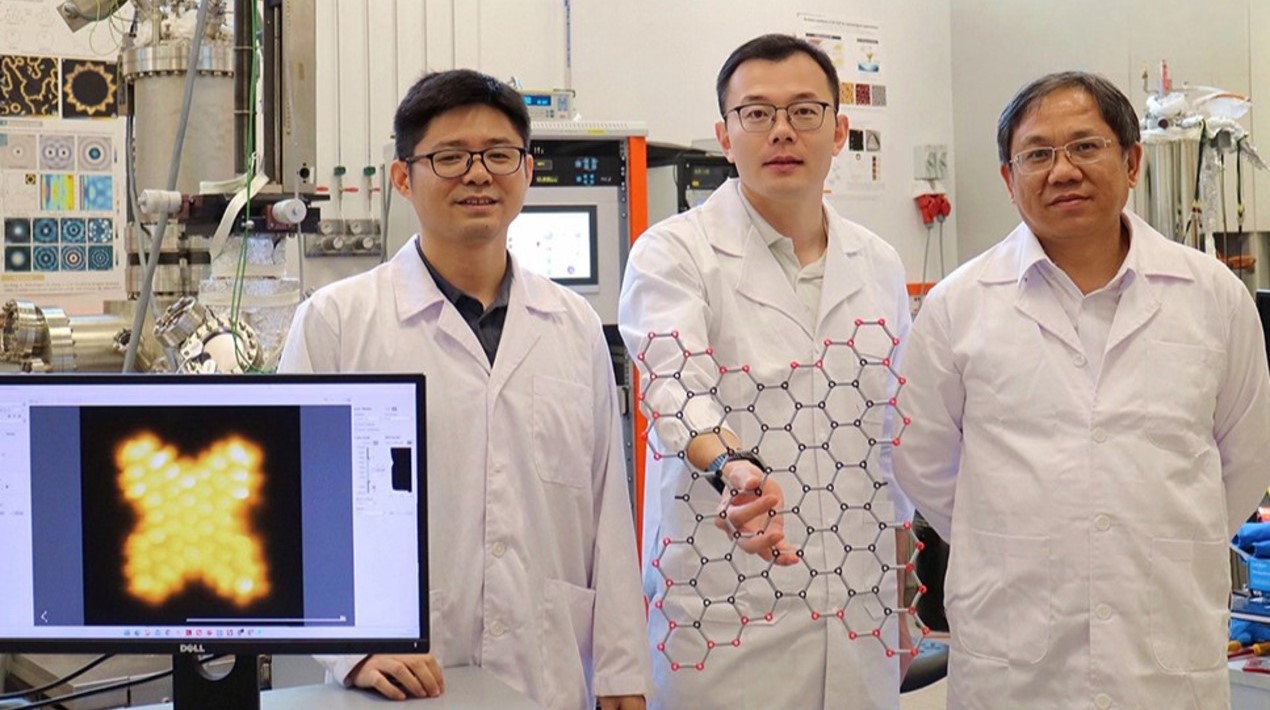
Enterprise Singapore has published a set of provisional national standards to guide the industry in the development and deployment of fully autonomous vehicles (AVs). The guide is called TR 68. The Technical Reference 68 was developed to promote the safe deployment of fully autonomous vehicles in Singapore.
TR 68 was developed over the past year under the Singapore Standards Council’s (SSC’s) Manufacturing Standards Committee. An industry led effort, four working groups comprising representatives from the AV industry, research institutions, institutes of higher learning and government agencies developed standards.
The standards cover four key areas of AV deployment:
- Vehicle behaviour
- Vehicle functional safety
- Cybersecurity
- Data formats
Many local and international stakeholders involved in the development of the TR 68 guidelines
Overseas experts were consulted during the development process. These efforts were supported by the SSC, Land Transport Authority, and Singapore Manufacturing Federation-Standards Development Organisation (SMF-SDO). As AV technology is relatively new, local and international experts from the industry, government agencies and academia are working together to develop this technical reference.
Mr Loh Ngai Seng, Permanent Secretary for Transport and Chairman of the Committee on Autonomous Road Transport for Singapore (CARTS) said, “The joint development of TR 68 reflects the close collaboration between the AV industry and Government as well as research institutions and institutes of higher learning.”
He added that “As we work together with the industry to prepare for the pilot deployment of autonomous vehicles in Punggol, Tengah and Jurong Innovation District in the early 2020s, we hope that TR 68 will guide AV industry players in the safe and effective deployment of AVs in Singapore.”
Interoperability of data and cybersecurity essential for the deployment of AVs
Ms Choy Sauw Kook, Director-General, Quality and Excellence Group, Enterprise Singapore said, “In addition to safety, TR 68 provides a strong foundation that will ensure interoperability of data and cybersecurity that are necessary for the deployment of AVs in an urban environment.
Mr Tan Nai Kwan, Chief Robotics Engineer and Vice President, Robotics Business Group, Singapore Technologies Engineering Land Systems Ltd said, “TR 68 is much welcomed by the industry as it provides autonomous vehicle developers like ST Engineering with clear guidelines that are benchmarked against international standards. This will ensure a smooth transition from the development to the operationalisation of autonomous vehicles in Singapore.
TR 68 will evolve with industry feedback and as technology develops
As a provisional standard, TR 68 will continue to undergo refinement as AV technology matures, with feedback from the industry. The feedback gathered will be used to review TR 68 as it is eventually expanded to cover other aspects of AV development and deployment.
Ms Choy Sauw Kook, Director-General, Quality and Excellence Group, Enterprise Singapore also said that “The TR 68 will also help to build up the AV ecosystem including start-ups and SMEs as well as Testing, Inspection and Certification service providers. This robust industry partnership is critical in developing other standards to support Smart Nation projects in Singapore and also for supporting future smart city projects in the ASEAN region.”
The SMF-SDO will be scheduling a workshop in the near future to help the industry understand and implement TR 68 effectively. TR 68 can be purchased from the Singapore Standards eShop at www.singaporestandardseshop.sg.




















